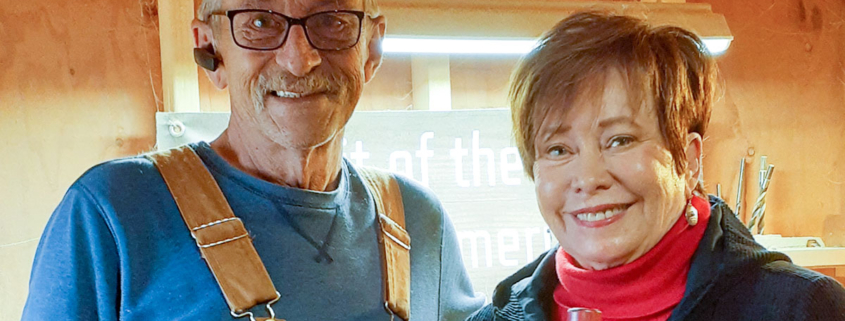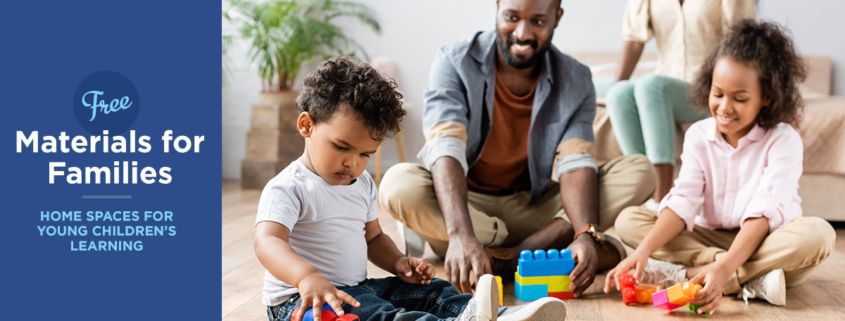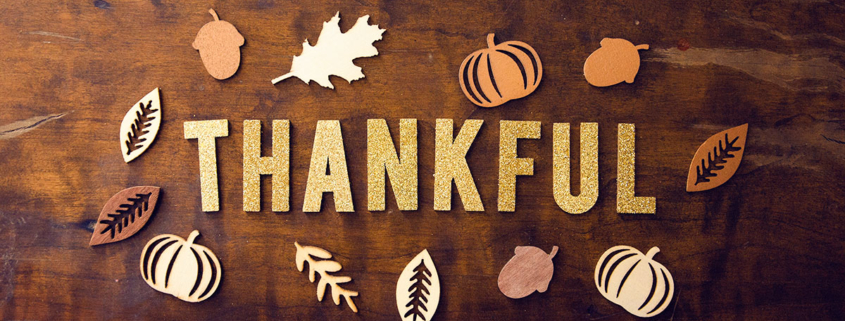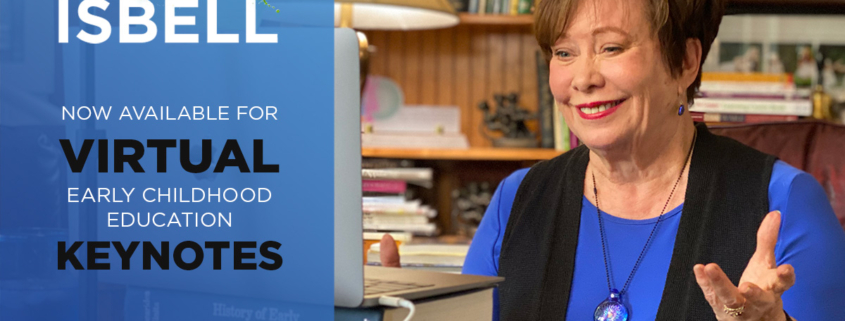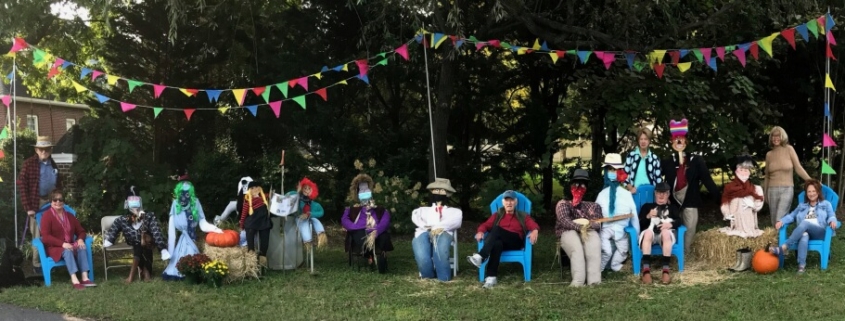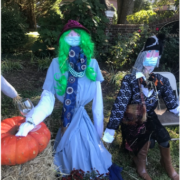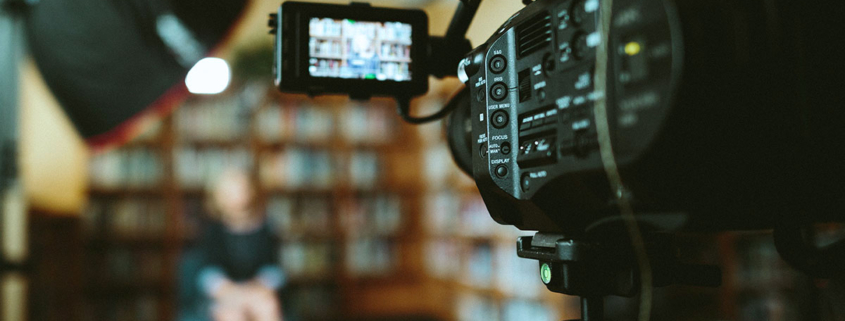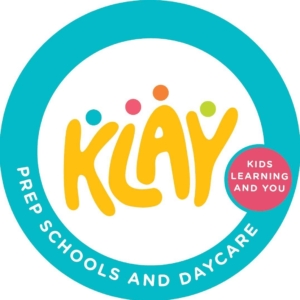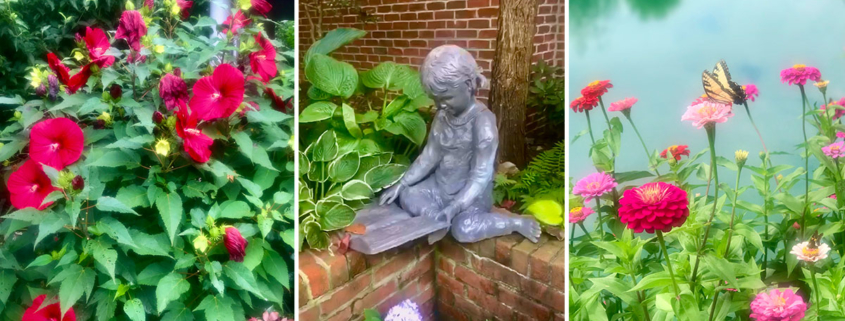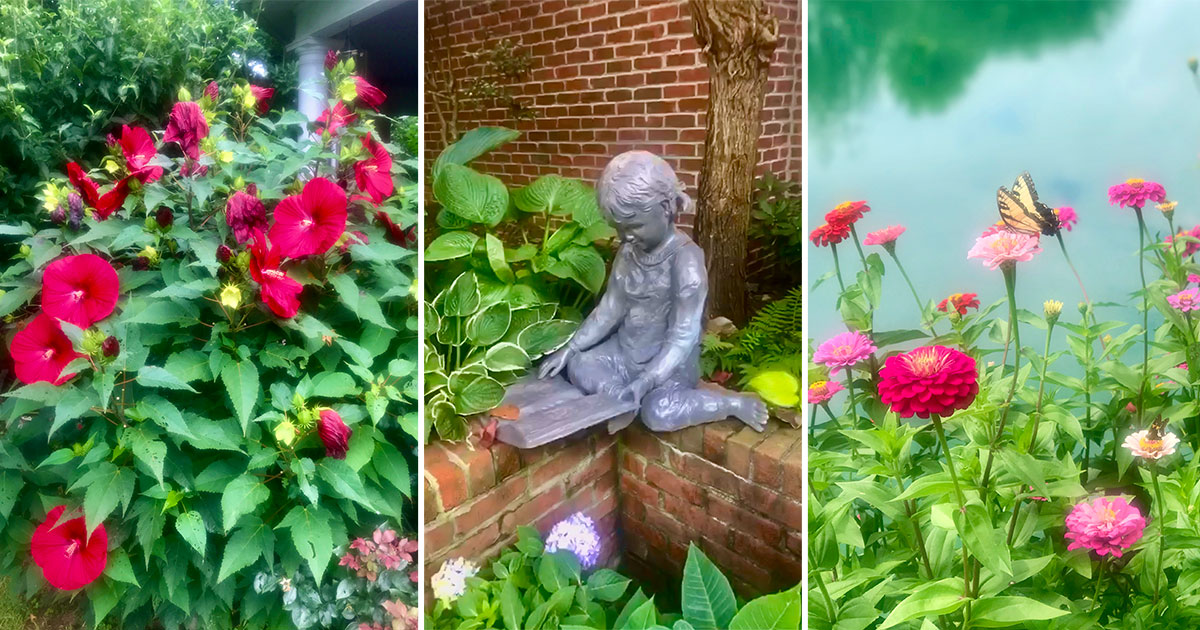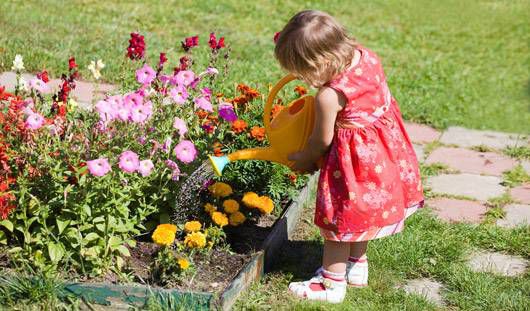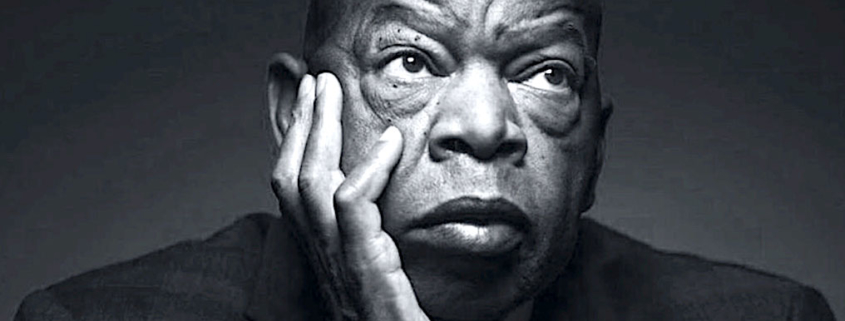For years, I have wanted to learn how to play the Native American Flute. I thought about it, checked on places to purchase, but never had time to follow through.
A couple of weeks ago, our local paper ran a story about an individual named James. He lives in my community, about 5 miles from my home in Jonesborough. His story was intriguing to me. He had been taught how to make and play the flute by his grandfather and father, both of Cherokee descent.
I saw this as my chance to learn how to play the Native American Flute. Every year I try to do something I have never done before, and I decided this year I would play my own authentic flute.
My husband Ben and I drove the short distance to his home and shop. James had begun making flutes again after his retirement. When confronted with a personal health crisis, he chose to return to the craft. He once again began creating beautiful wooden flutes reminiscent of his father and grandfather.
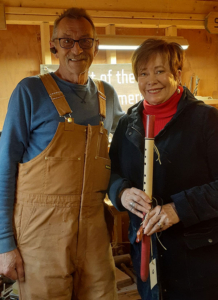 I found James to be creative and interesting. He was kind enough to show us how each flute was made and tuned. What a wonderful process! In sharing his talent and knowledge, he was keeping alive the tradition of his family.
I found James to be creative and interesting. He was kind enough to show us how each flute was made and tuned. What a wonderful process! In sharing his talent and knowledge, he was keeping alive the tradition of his family.
As we talked, we learned we had a personal connection. Over 40 years ago, Ben had fitted James with his first pair of glasses, at around 6-years-old. We learned further that James also was one of my students from when I taught music at his elementary school. This was my first teaching job after graduating from college. This revelation had brought us full circle.
This amazing story and connection was the highlight of our holiday season. We reestablished a relationship with James, saw his creative process, and purchased a beautiful Native American Flute (tuned in G). I can hear the music in my mind, and now it’s up to me to replicate it. This season, learn something new, reestablish friendships, and value the creative work of an artist!
Happy Holidays,

